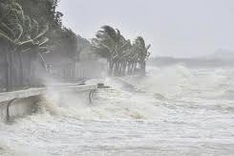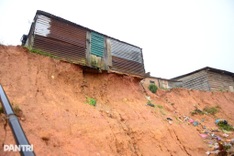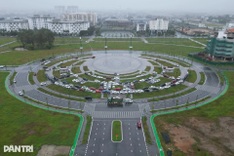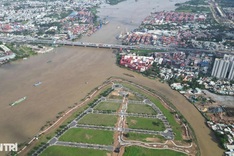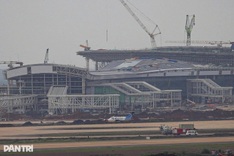Changing the way to use and manage land, improve public awareness and research capacity were among the long-term solutions to combat desertification in Vietnam, said deputy minister of Agriculture and Rural Development, Hua Duc Nhi.
 |
| Farmers in central Quang Ngai Province\'s Son Tinh District\'s Tinh An Commune take care of vegetables and other crops in an area that lacks water. — VNA/VNS Photo Thanh Long |
Forestry and water resources protection were top priorities, Nhi said.
Ineffective land use caused desertification and exacerbated erosion, landslide, and impoverished the land, experts shared at a conference on environmental protection in the agriculture sector.
Degraded land or desertification was a major factor in the narrowing agricultural and forestry land that results in poverty.
According to the ministry\'s Administration of Forestry, Vietnam presently has about 9.43 million hectares of desertified land, accounting for 28 percent of production land.
Each year, about 1.5 percent of the country\'s land is eroded, turning into non-productive land.
About 22 million people whose livelihoods rely on agricultural production in rural areas are affected by the desertification process.
Fertiliser abuse, forests\' degradation, water pollution and droughts have been increasingly reported nation-wide, especially in the central, northern mountainous and Central Highland regions.
Yearly erosion and wash-out cause fast and large-scale desertification in the central region as 80 percent of land there is not fertile. For example, Quang Binh, Quang Tri, Quang Ngai, Binh Dinh, Ninh Thuan have such dipped land.
In Binh Thuan Province\'s Tuy Phong and Bac Binh districts, there was 35,000 ha of desertified land spreading 50-km coastal line.
There, sand encroachment occupied an area of about 5,000ha, which faced highest risk of desertification in the region.
Experts said that the main cause of environmental degradation was the high frequency of natural disasters including flooding and droughts, marine resource over exploitation and population growth.
However, legal framework and protection capacity were limited.
The Administration of Forestry emphasised that afforestation was a top priority.
Pham Minh Thoa, from the Vietnam Office for the United Nations Convention to Combat Desertification, ,said that it was necessary to manage and regulate water resource more suitably, improve afforestation and forest protection to improve underground water sources which would help reduce erosion.
Moreover, localities needed to study their land resources thoroughly before designing land-use plans.
During the last five years, Vietnam had a national action programme to combat desertification. In 1998, the country joined the United Nations\' Convention to Combat Desertification which was ratified in 1994 and so far had about 200 country members.







